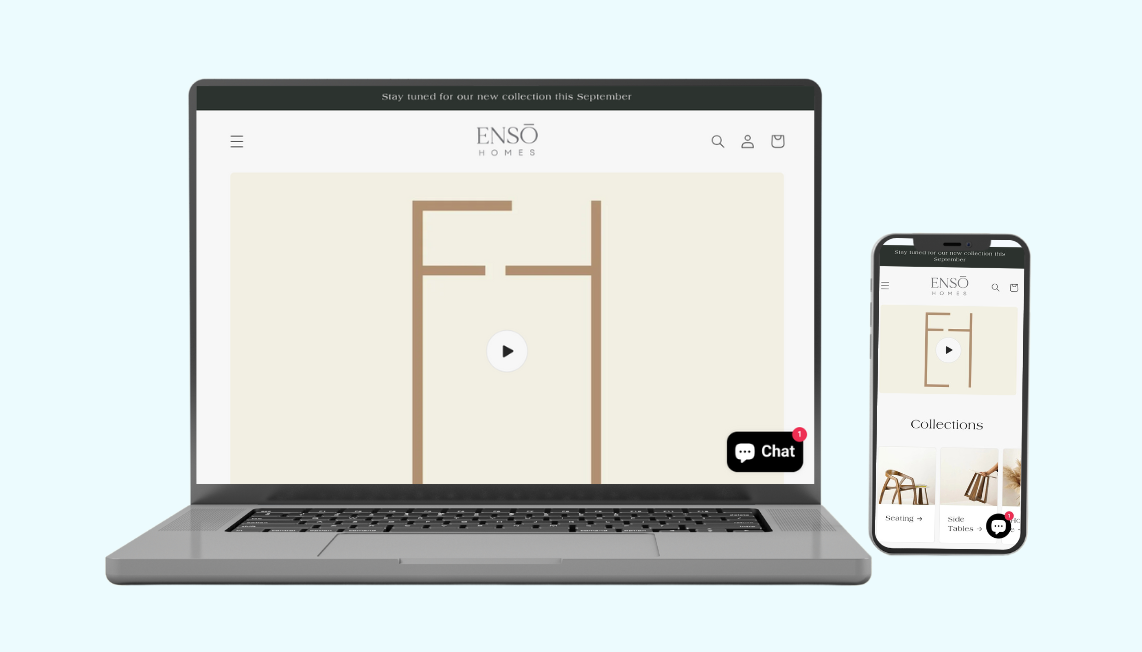MMS (Multimedia Messaging Service) Marketing involves sending marketing messages containing multimedia elements such as images; audio; video or rich text to mobile devices. This approach enhances standard SMS text messaging by incorporating visual and interactive components that increase engagement and information retention.
Key components include compelling visual elements; concise supporting text; clear calls-to-action and appropriate branding. Effective MMS campaigns leverage the format’s expanded character limit (typically up to 1600 characters versus SMS’s 160) and rich media capabilities while maintaining quick consumption principles.
Implementation requires MMS-capable sending platforms; media optimization for mobile viewing; carrier relationship management and compliance with mobile marketing regulations. Technical considerations involve media size limitations; device compatibility testing and fallback options for non-compatible recipients.
Common applications include product showcases with visuals; limited-time promotional offers with branded graphics; event invitations with maps or venue images; visual tutorials or demonstrations; digital coupons with scannable barcodes and seasonal greetings with themed multimedia.
Measurement frameworks track delivery rates; open rates; engagement metrics; conversion attribution and ROI calculations. A/B testing often compares MMS performance against traditional SMS to justify the higher transmission costs.
Best practices include obtaining explicit consent through proper opt-in procedures; sending during appropriate hours; providing clear opt-out instructions; personalizing content when possible and integrating MMS campaigns with broader marketing initiatives for consistent messaging across channels.
























Michael Smith
-